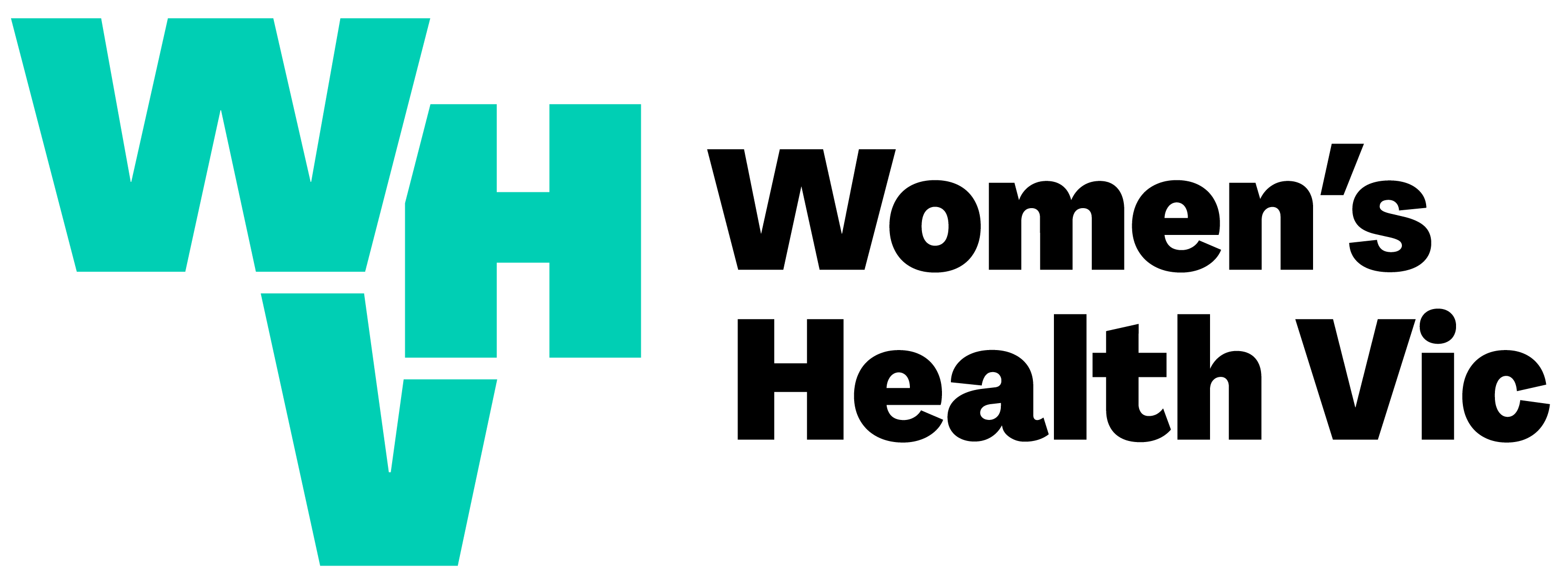Reproductive coercion
This Clearinghouse Connector contains a selection of up-to-date resources focussing on reproductive coercion.
Reproductive coercion is a prevalent form of violence against women. Despite this, reproductive coercion has been neglected in terms of policy development and law reform, partly because it is seen as sitting between the separate though overlapping spheres of domestic violence and sexual assault.
Reproductive coercion is a form of violence whereby the perpetrator uses manipulation, sabotage or coercion to deny women reproductive autonomy and to limit women’s ability to leave a violent relationship.
Common forms of reproductive coercion include sabotaging birth control, refusing to use contraception while coercing sex, forcing a woman to continue a pregnancy or to have an abortion. Coerced pregnancy is used as a tool of control, to limit a woman’s ability to have contact with others or engage in study or paid work outside the home. Reproductive coercion therefore intersects with other forms of violence against women including financial abuse.
Reproductive coercion most often takes place in the context of intimate partner relationships, but can also be orchestrated by the state or other groups as a means of population control or ethnic cleansing. It can also take the form of denying women access to safe and legal abortion services. Forced sterilisation of women and girls with disabilities is another form of reproductive coercion.
Women's Health Victoria (2015) Reproductive coercion. Women's Health Victoria. Melbourne. - (Clearinghouse Connector; Aug 2015)





